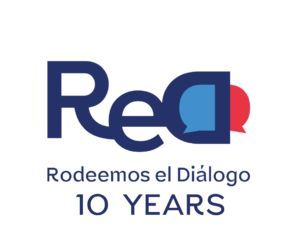Reincorporation Snapshot 1
An introduction to reincorporation in Colombia
Colombia has had many different processes for reintegrating ex-combatants of illegal armed groups into civilian life. Between 1982 and 2006, more than 25,000 combatants of the FARC-EP, ELN, M19, EPL and other guerrilla groups reintegrated into civilian life. In 2006, the Presidential High Counsellor for Reintegration (ACR) was created to manage a new long-term programme of reintegration for members of the United Self-Defence Forces of Colombia (AUC), who were in peace talks with the Colombian government. This programme slowly expanded over time to include any ex-combatant, from any group, who wanted to demobilise and reintegrate. With the signing of the Peace Agreement between the Colombian state and the FARC-EP in 2016, the Agency for Reincorporation and Normalisation (ARN), formerly the ACR, began to implement a new reincorporation programme for ex-guerrillas of the FARC-EP.
The reincorporation of the FARC-EP
Ex-guerrillas of the FARC-EP who are interested, and their families, are politically, socially and economically reincorporated into civilian life. This process entails the transformation of the armed group into a legal political party and the social and economic stability of those involved. In 2018, a National Policy on Social and Economic Reincorporation (PNRSE) was implemented to facilitate the process established in the 2016 Peace Agreement.
The agreement set out the creation of a National Council for Reincorporation (CNR), made up of two members of the FARC-EP and two from the government, who would define the timetable and activities for the reincorporation process. The ARN’s role is to implement and assist with these activities. The process is also supported by a variety of other institutions including the Office for the High Commissioner for Peace, the Interior Minister, the Minister of Work and the United Nations Mission in Colombia.
Challenges for reincorporation
Reincorporation is a fundamental pillar of peace-building in Colombia, and faces a number of challenges moving forward. One of the biggest challenges is the stigmatisation of ex-guerrillas who are part of the process. This is produced and reproduced daily through various channels, such as the media, social networks, as well as the words of some public officials. Another important challenge is economic productivity, with only one sixth of ex-guerrillas benefitting from productive projects. Moreover, a number of failures by the Colombian government has disrupted the security of ex-guerrillas and the reincorporation process more generally.
Embrace Dialogue recognises that important progress has been made and stresses the continued commitment of the vast majority of exguerrillas in the face of a complex process. In the next snapshots, we will share with you how the process has unfolded in practice, how it is progressing and the challenges it faces.

